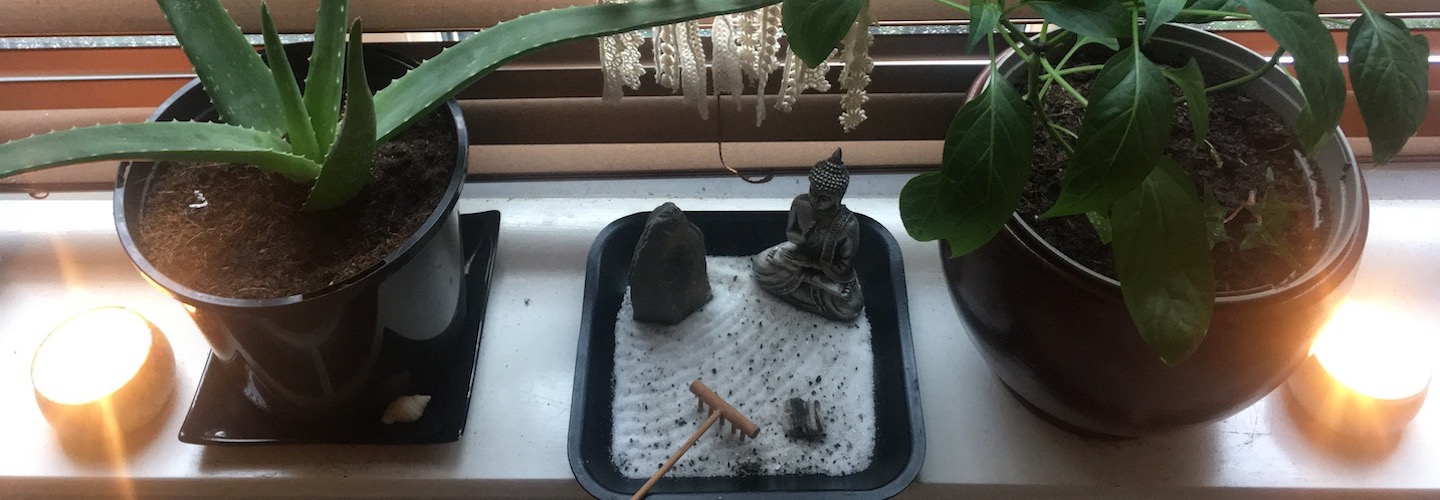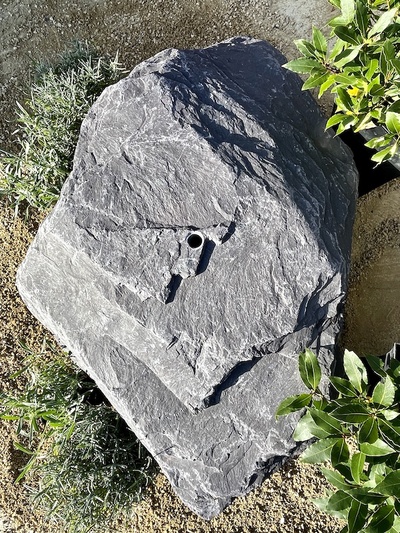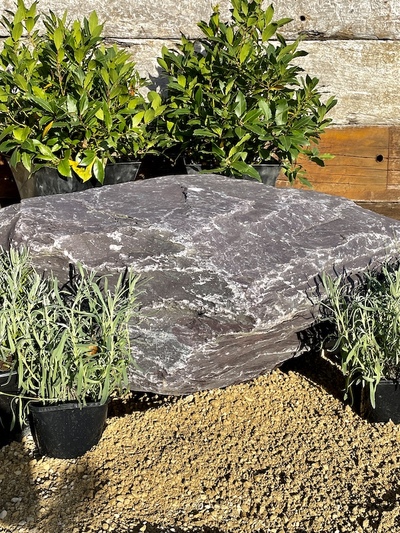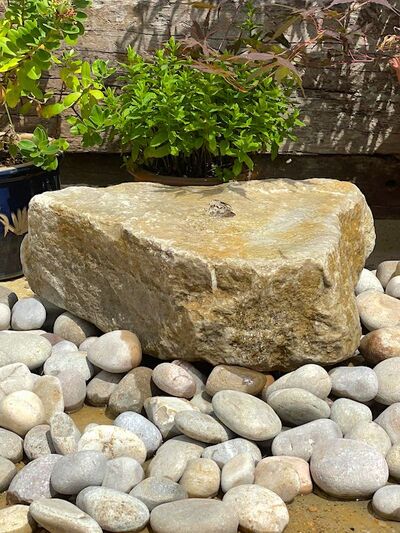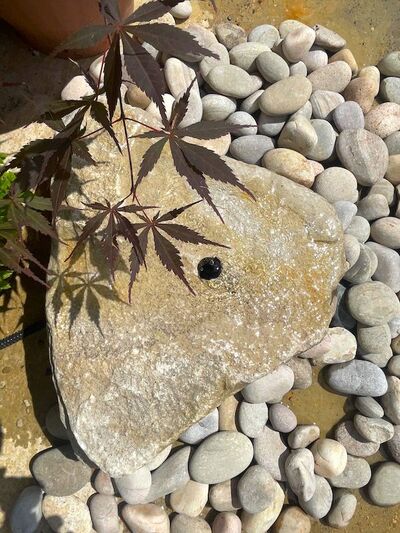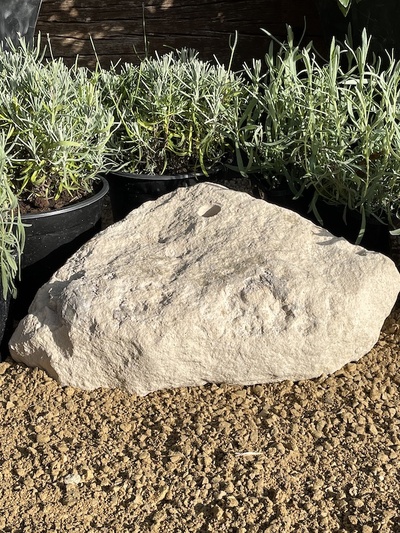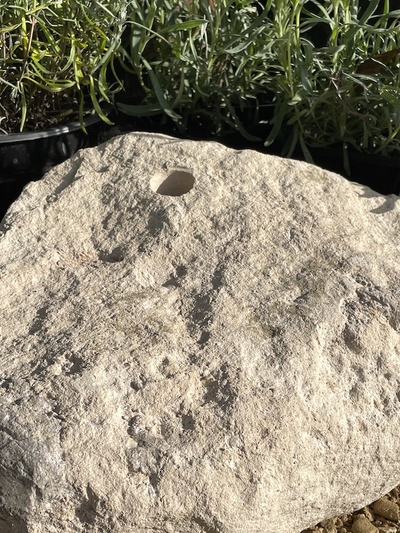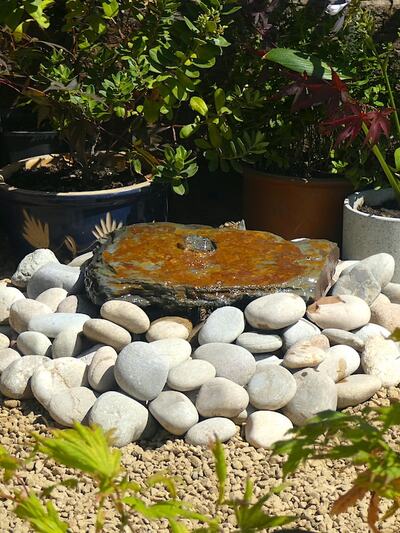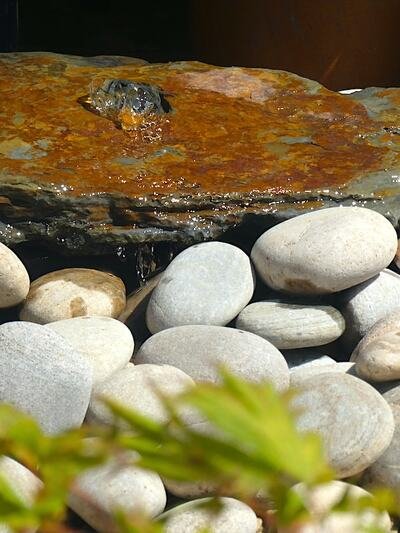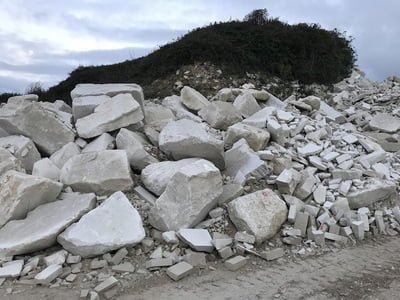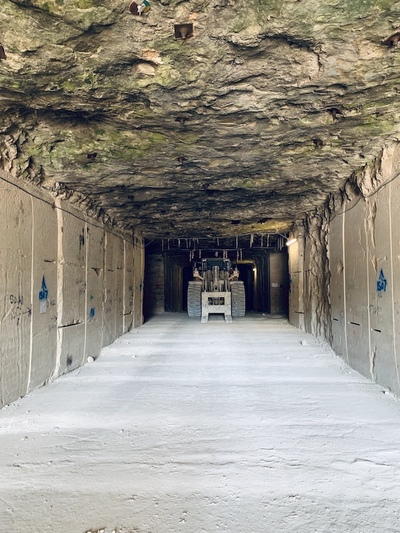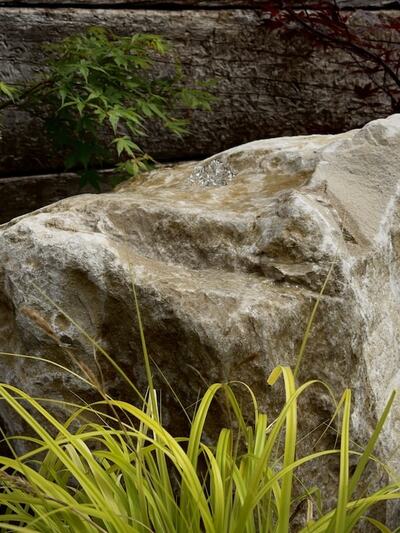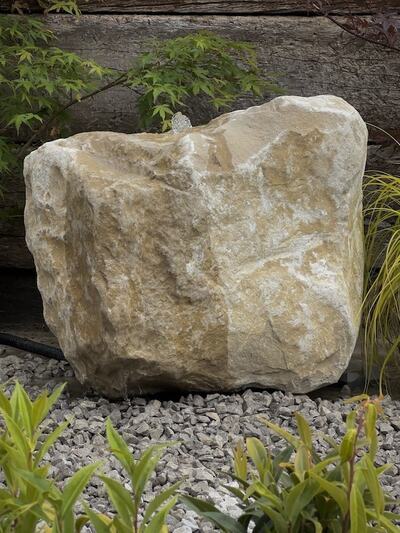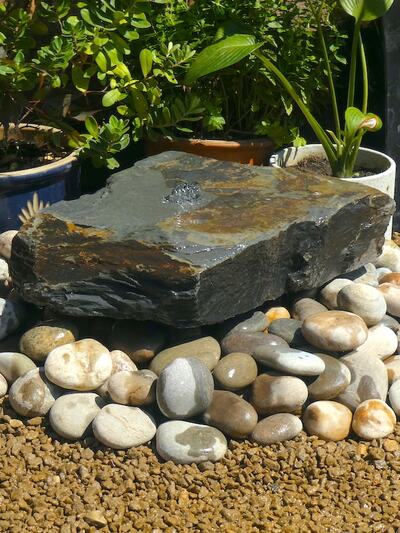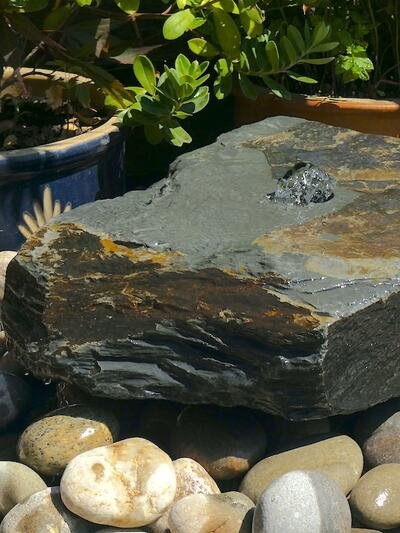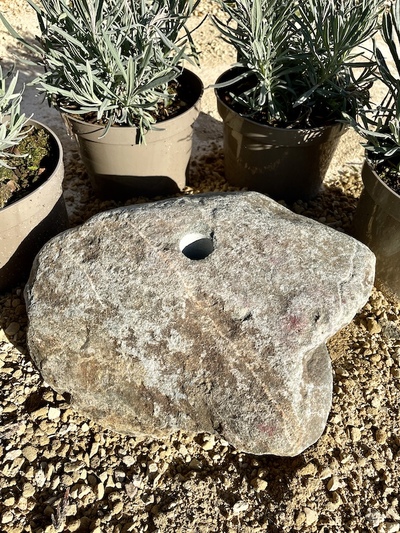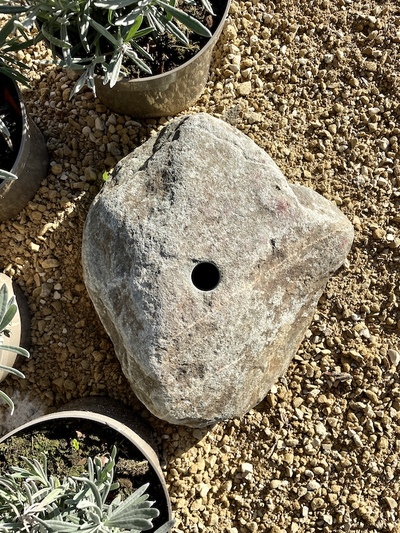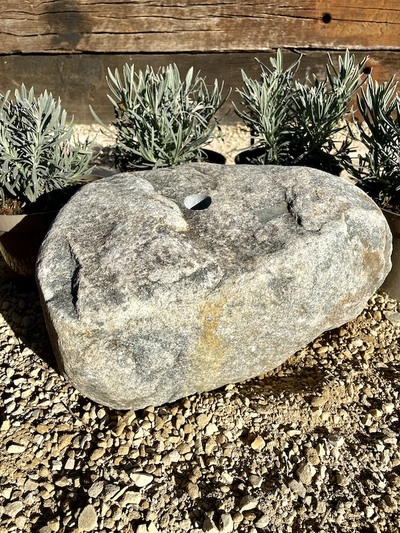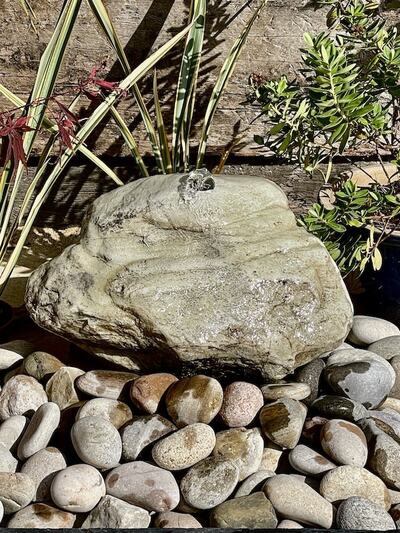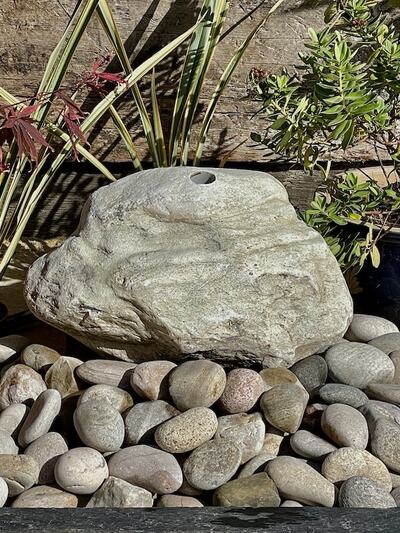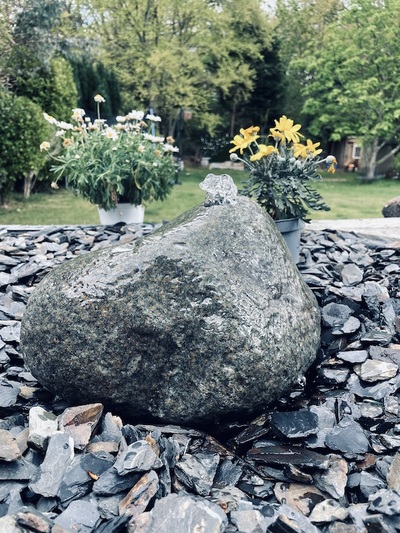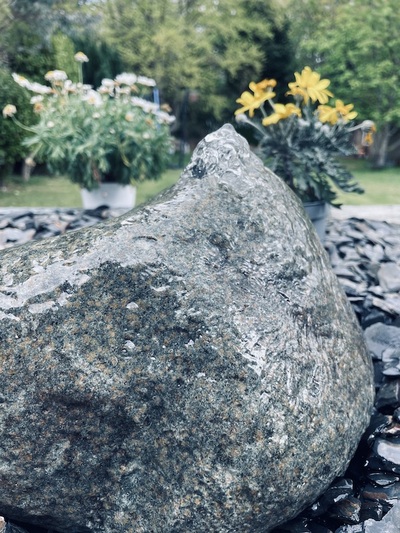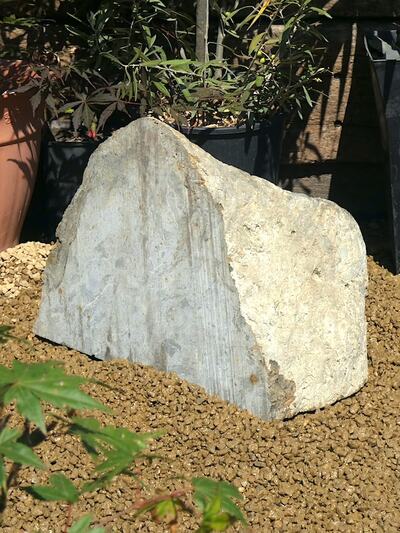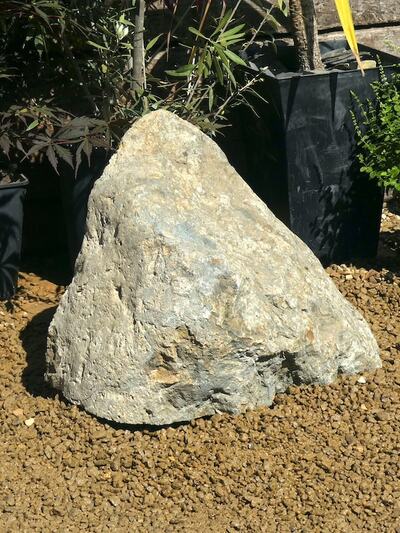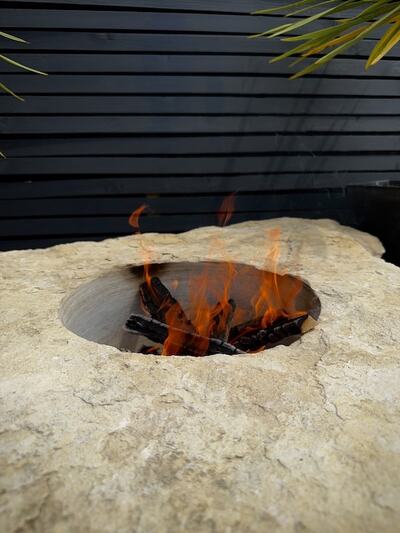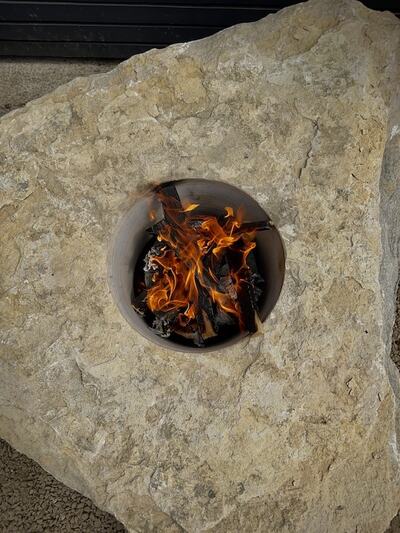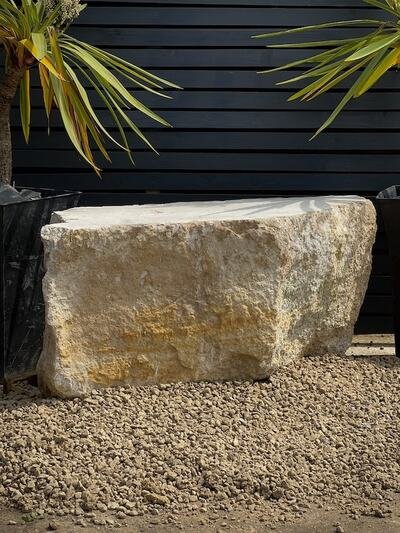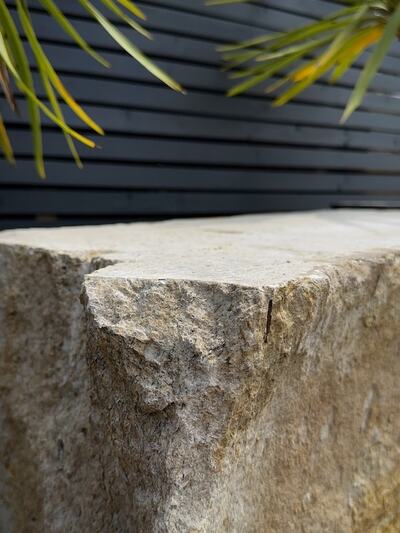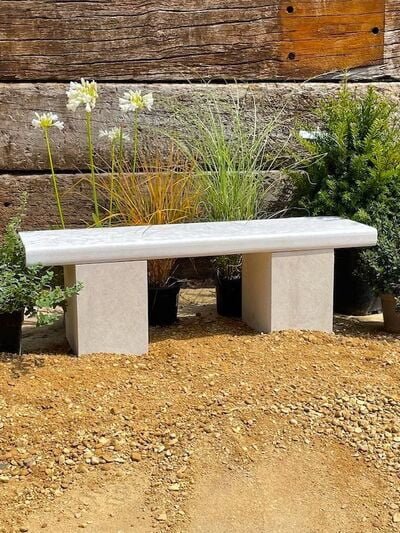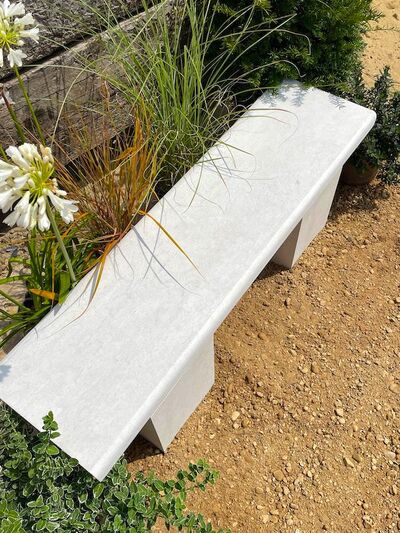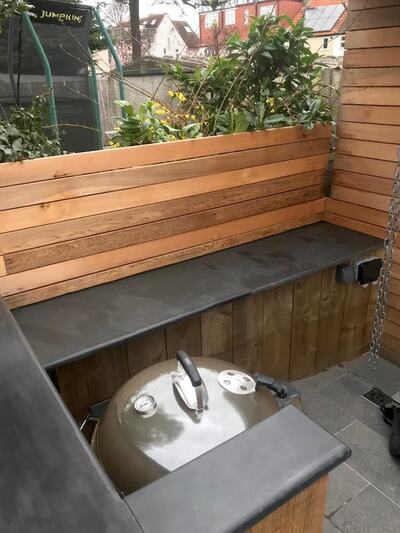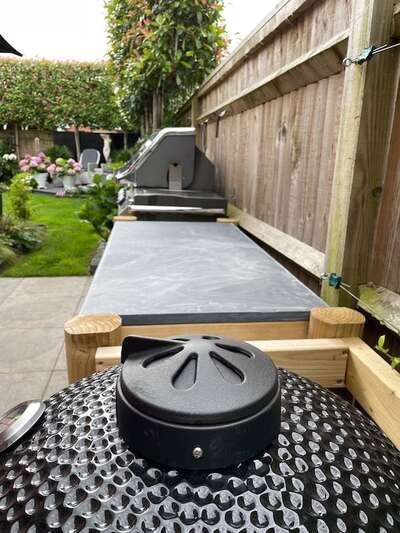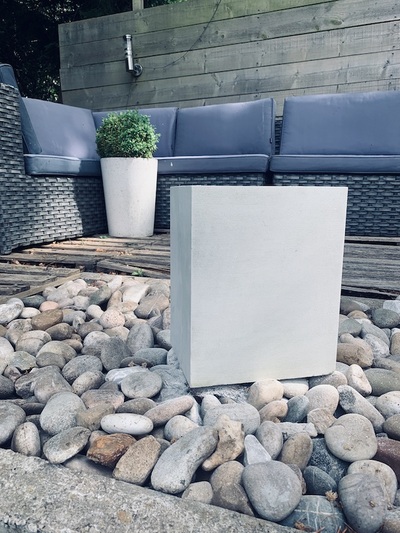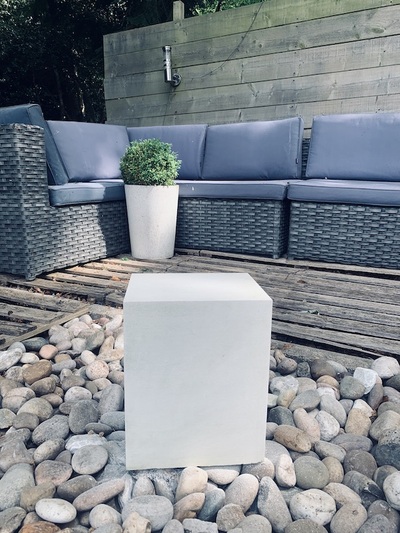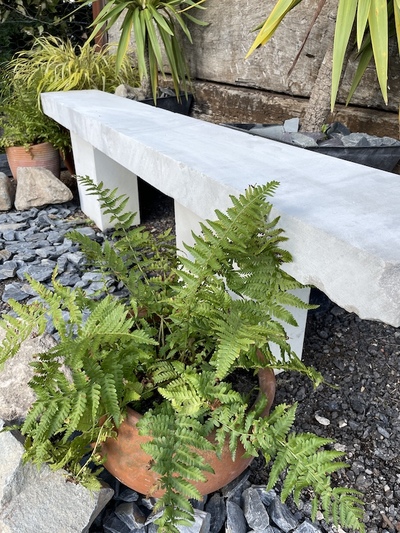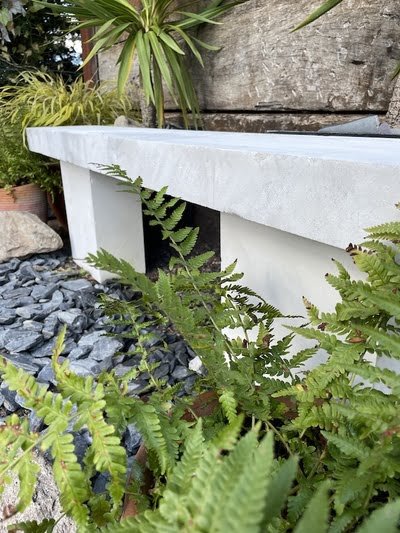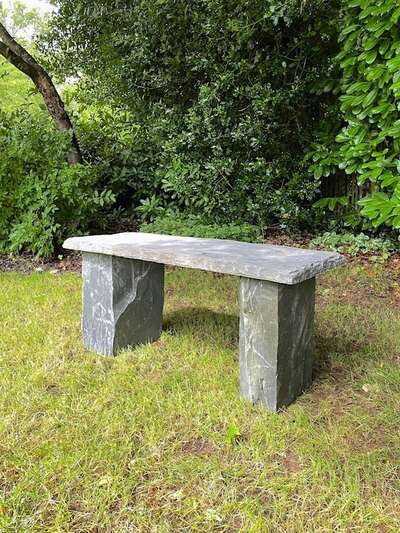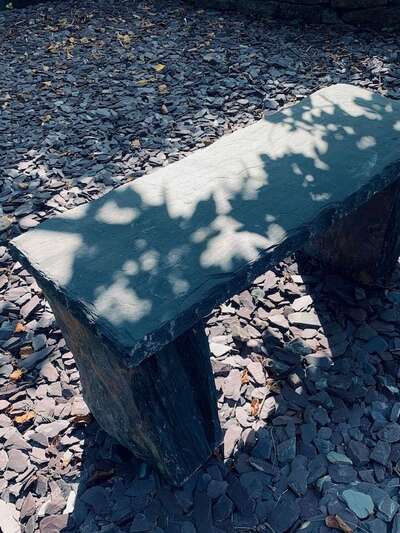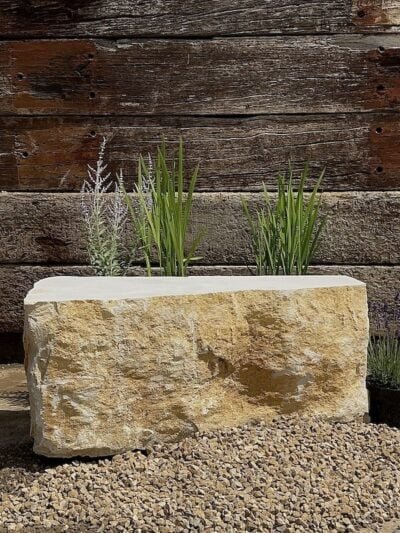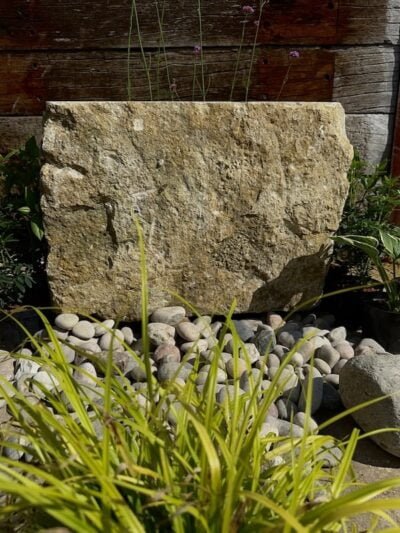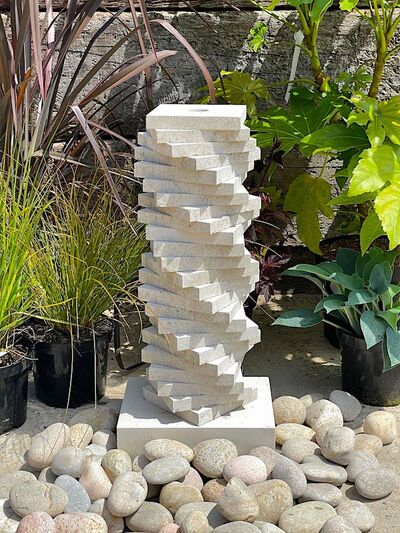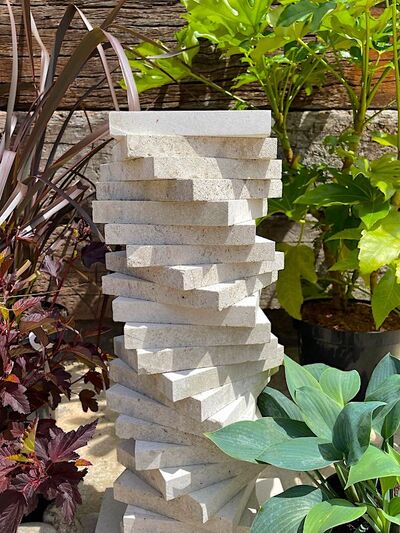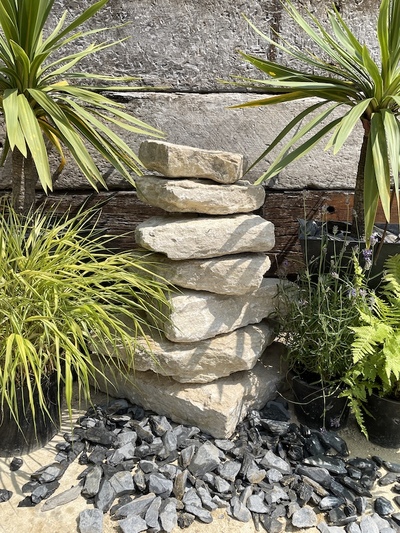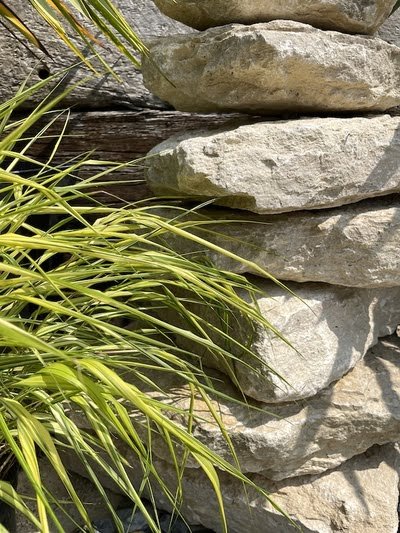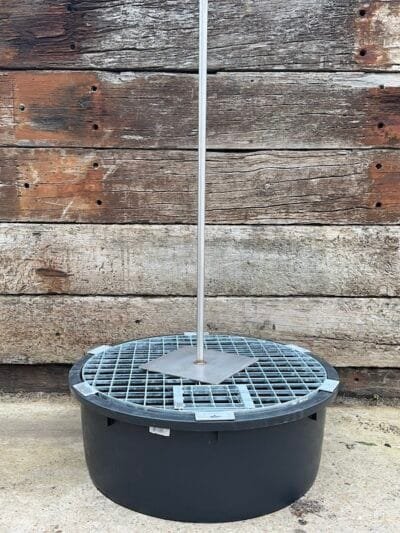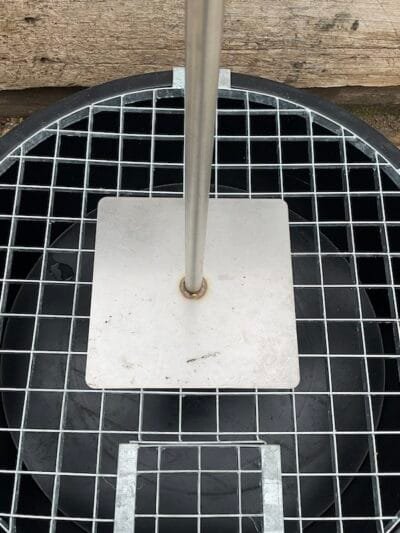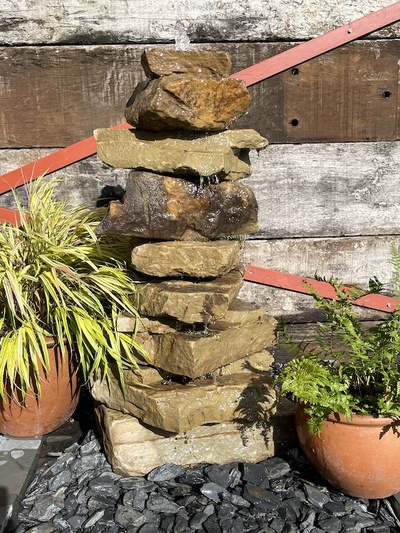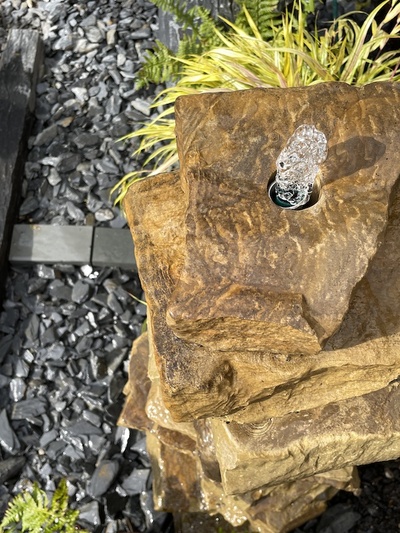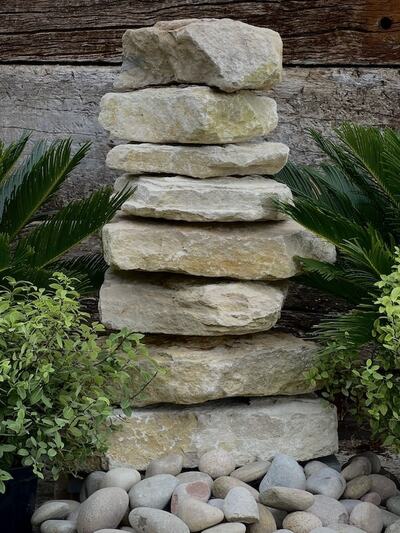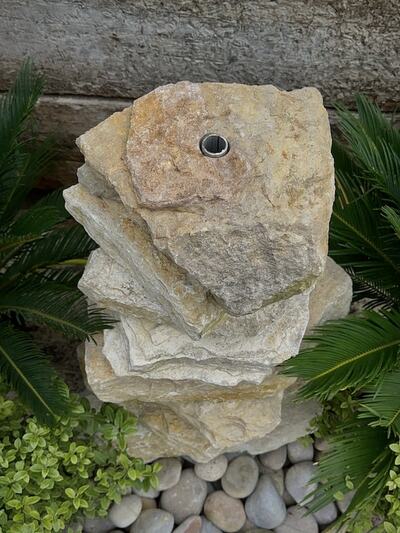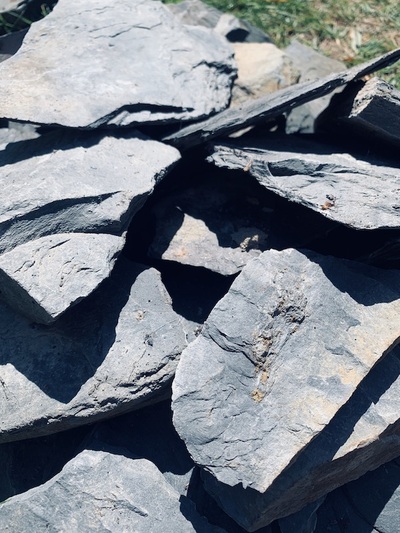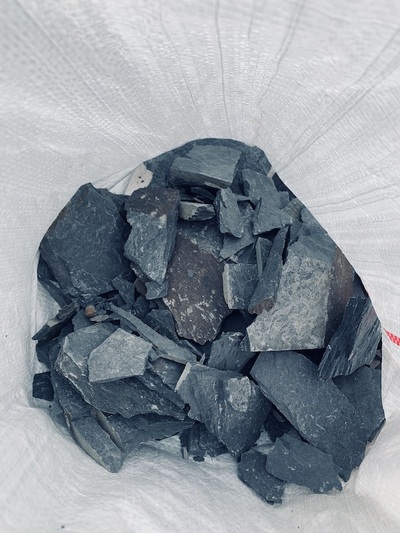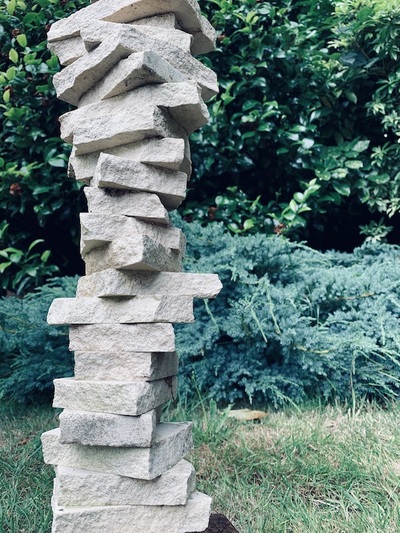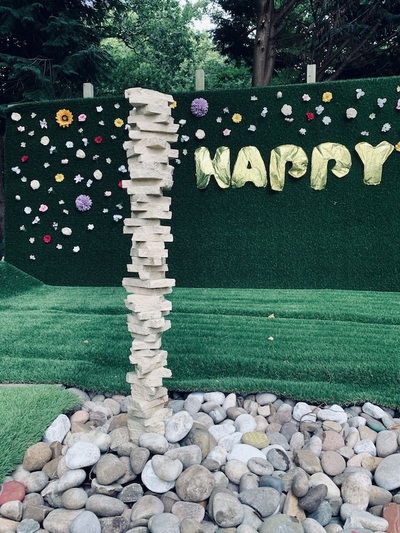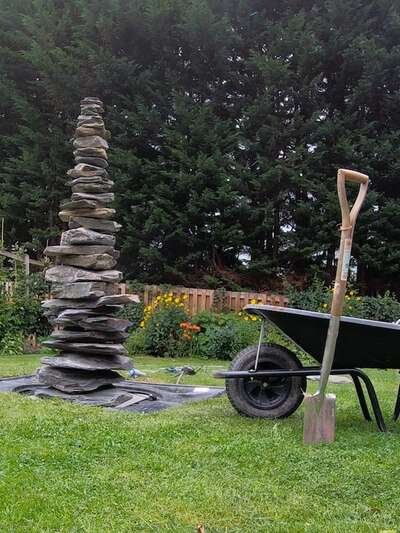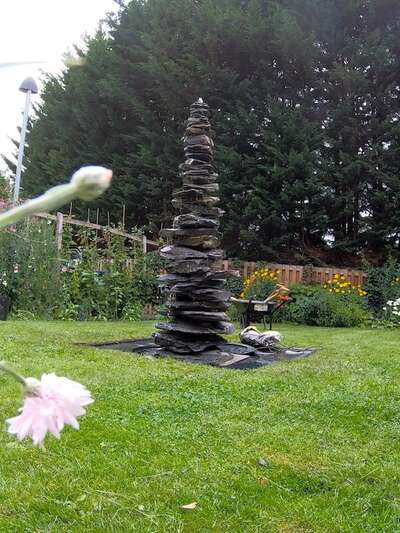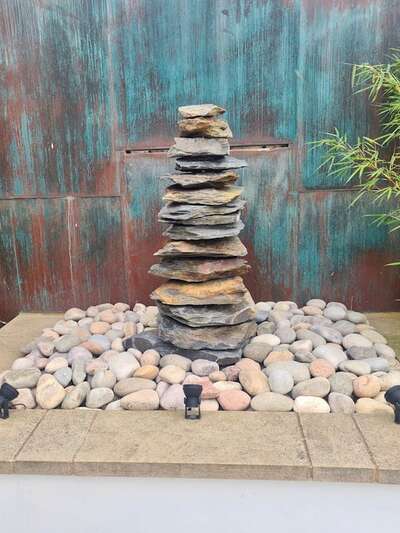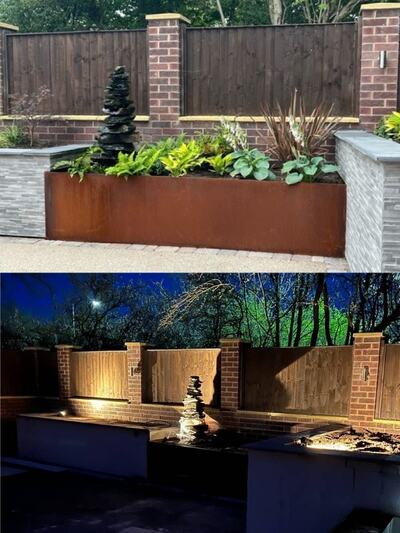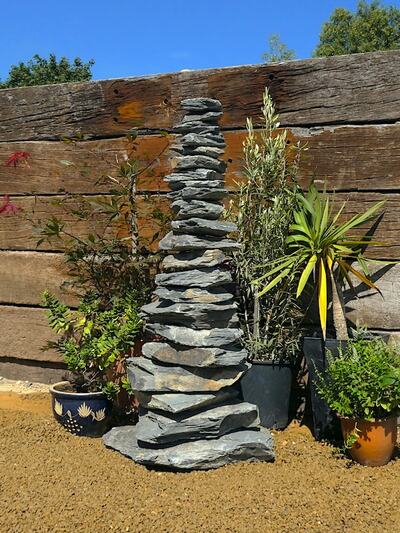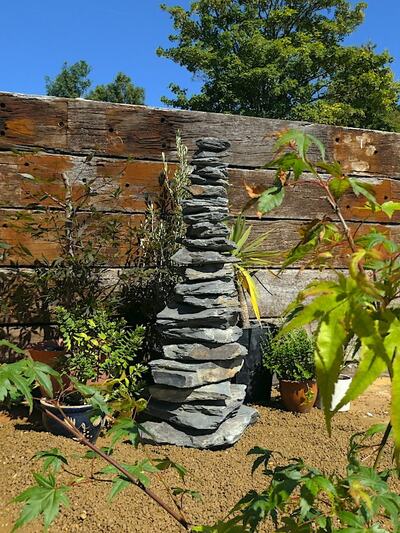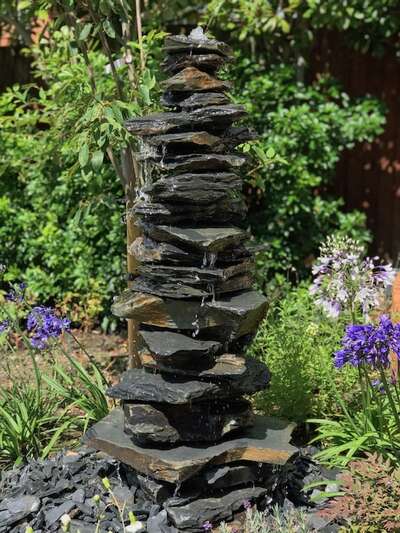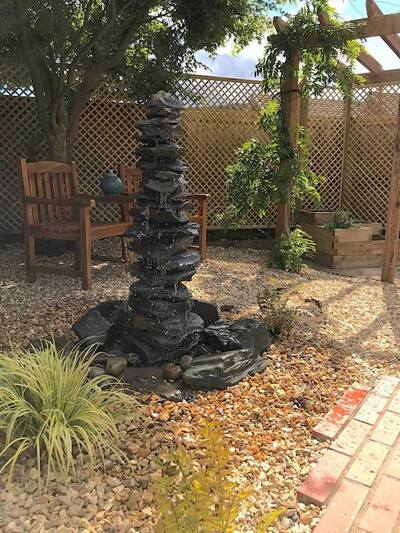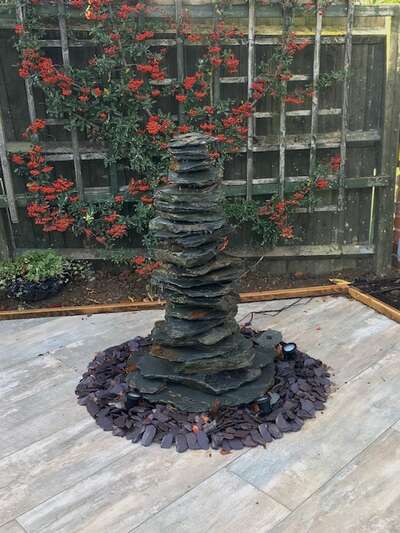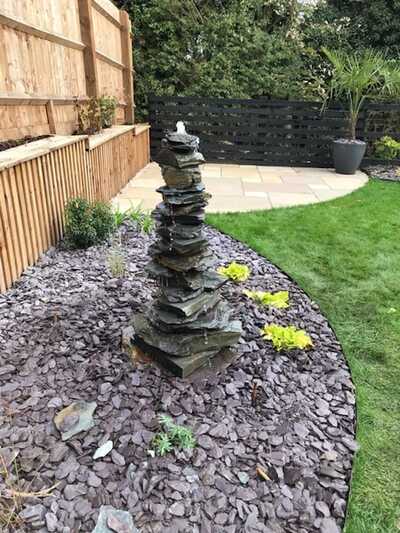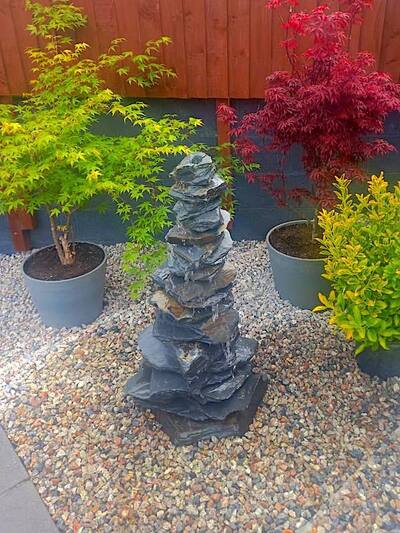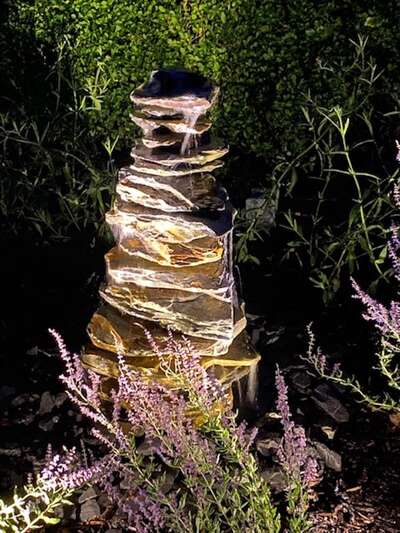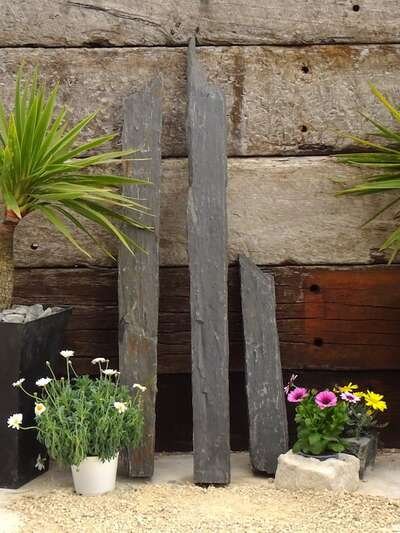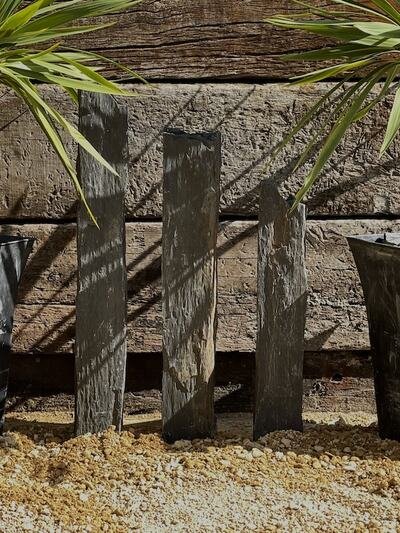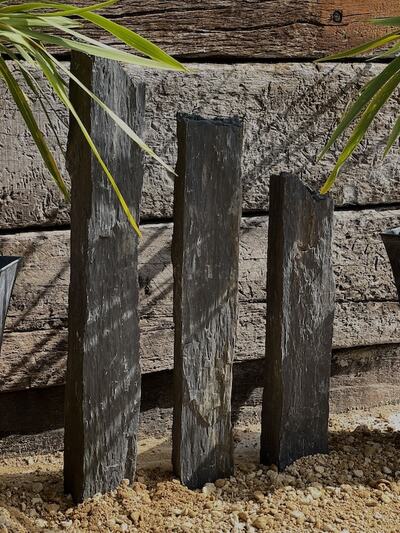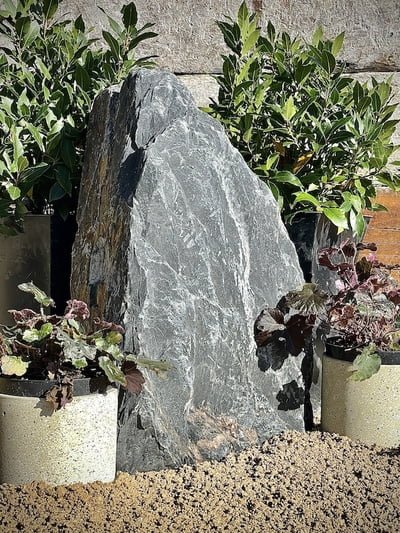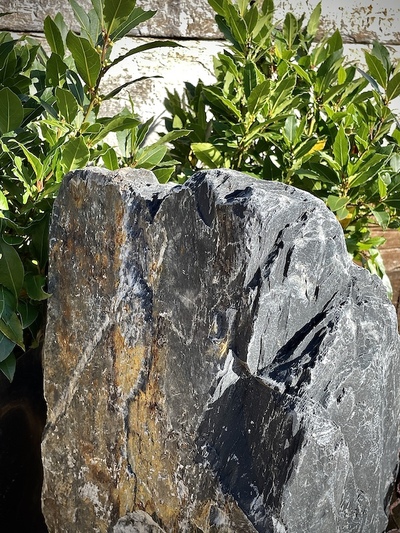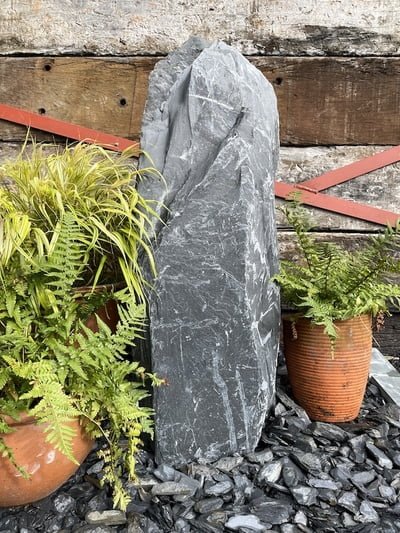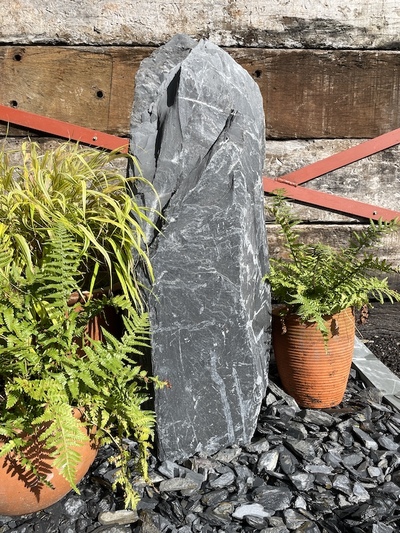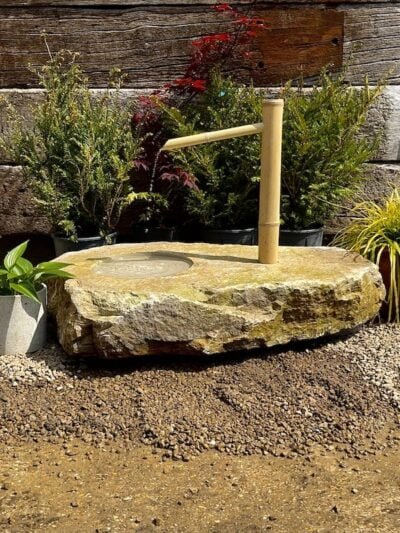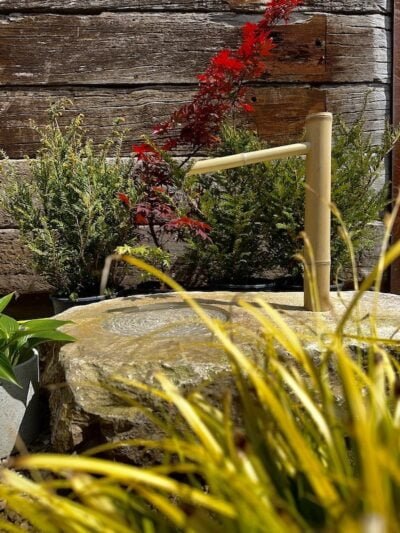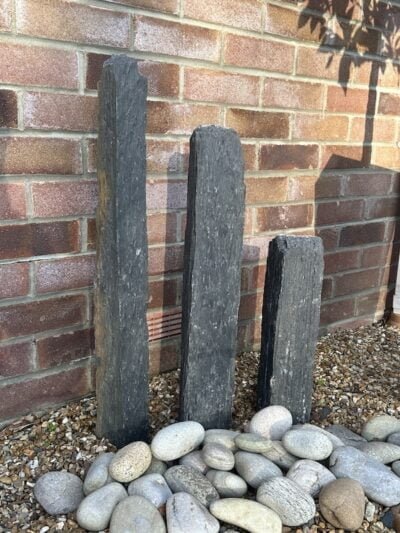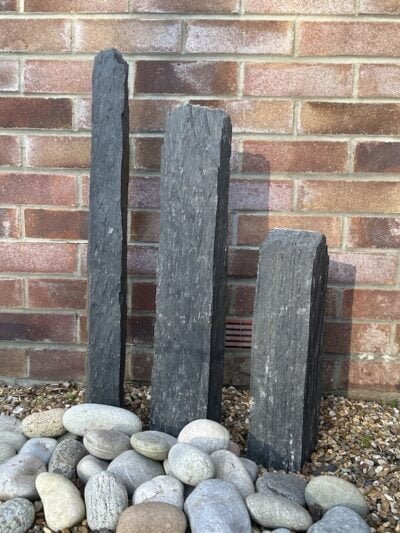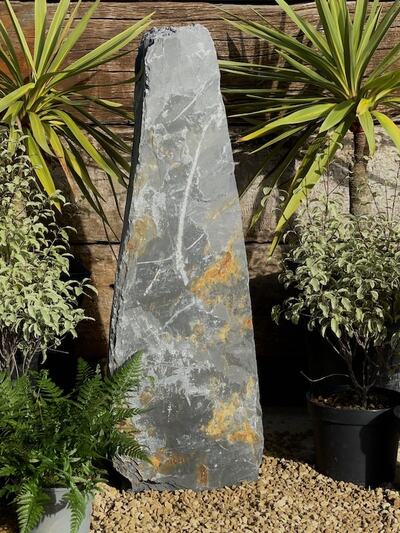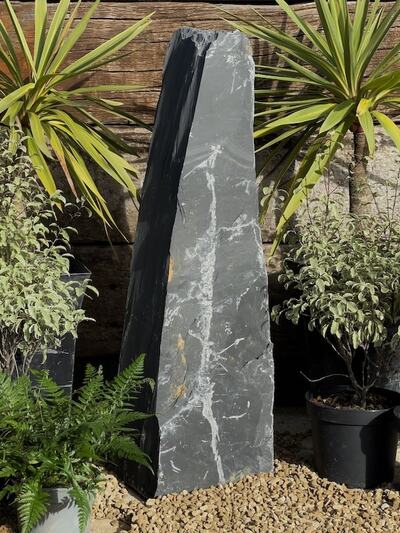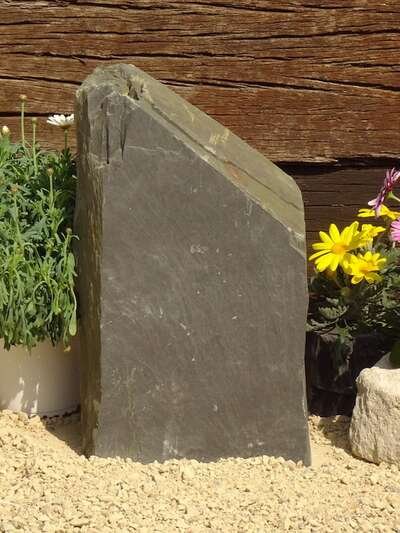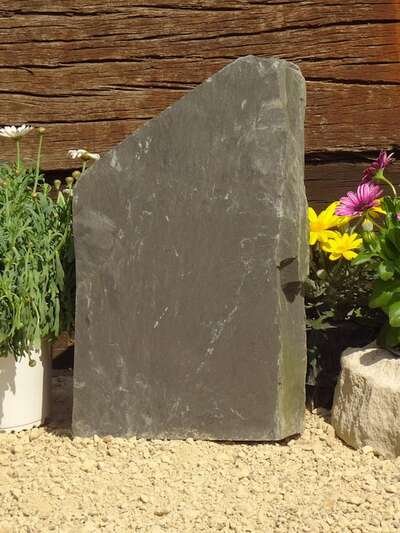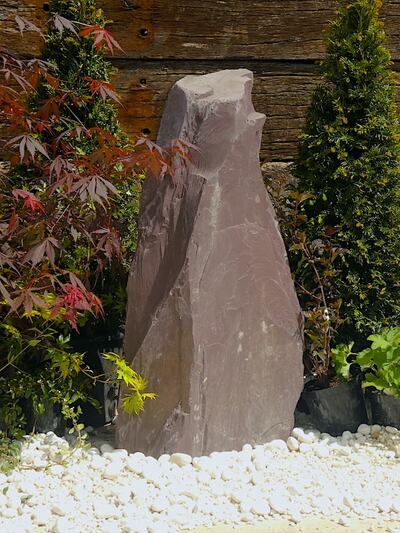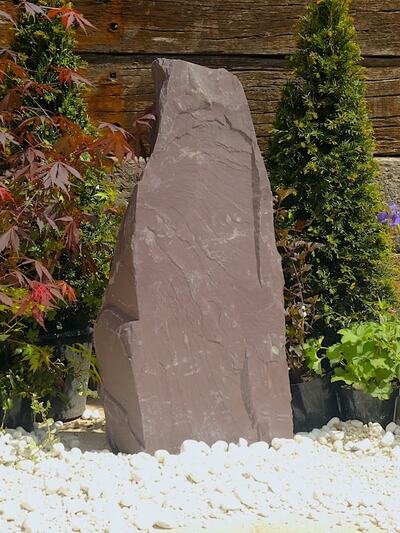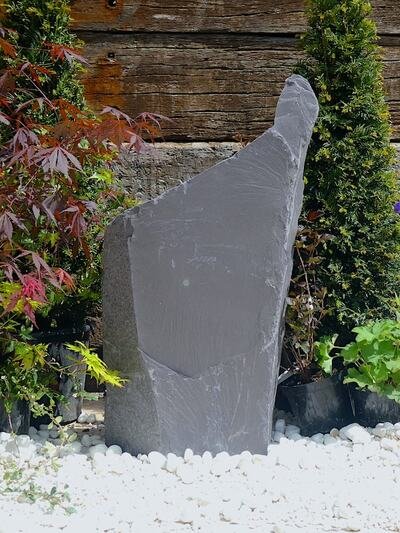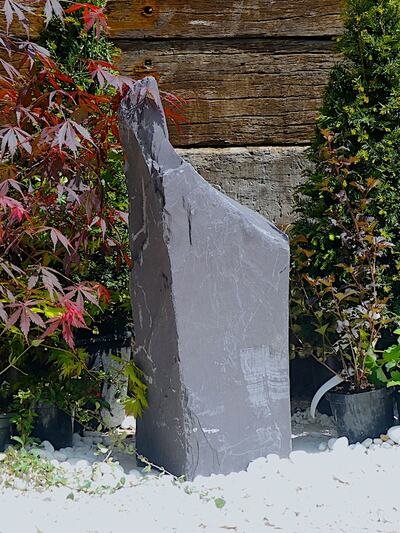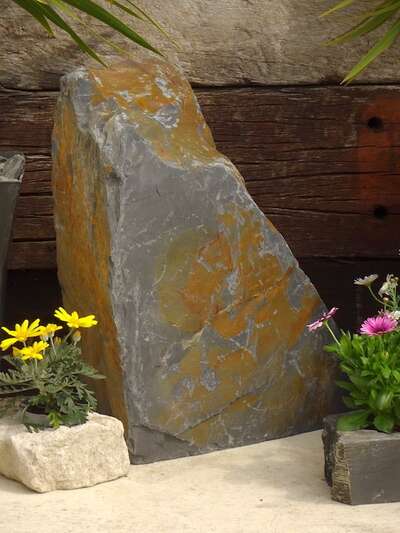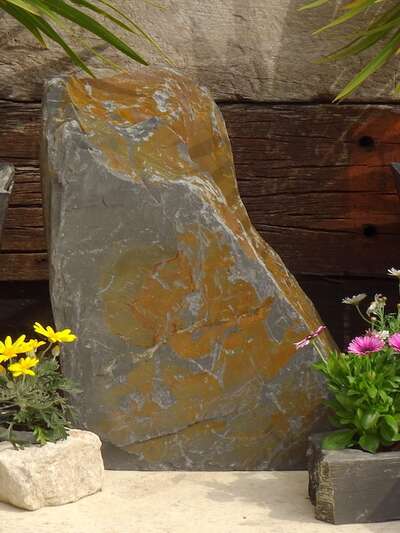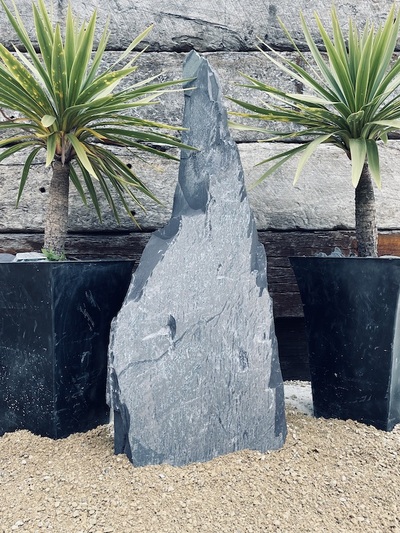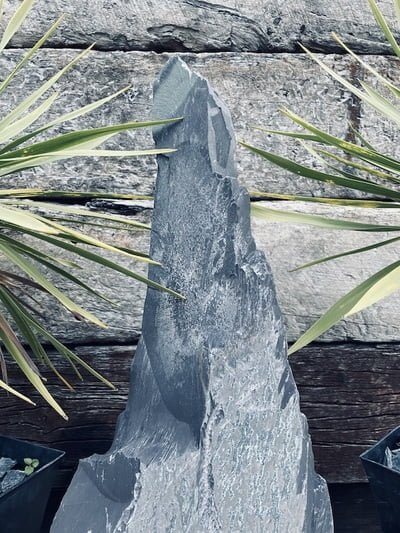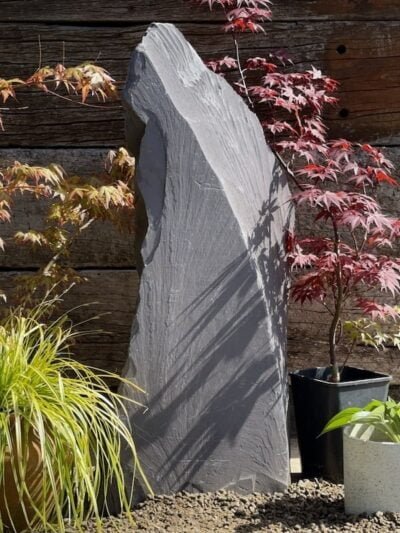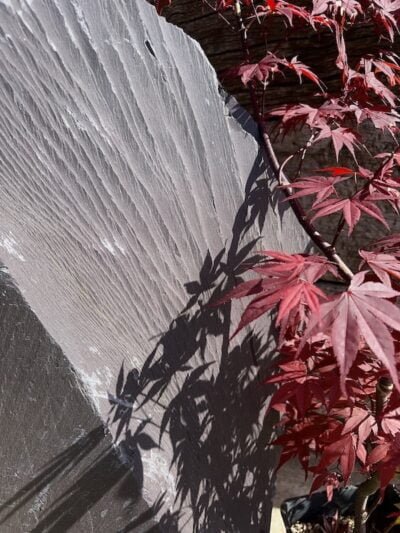How To Create a Zen Garden
Ahhh Zen… the state of calmness, oneness, peace. Unfortunately amidst a global pandemic a state of Zen has not been easy to come by. With the Office For National Statistics reporting an increase in high levels of anxiety across the UK. Many have taken to their gardens to find solace during lockdown and the benefits to physical and mental wellbeing have been widely recognised. Zen Gardens emphasise the principles of naturalness & simplicity and have for centuries offered an iconic place of calm. Once used by buddhist monks to aid and teach meditation. With just a few key elements, any sized area can be turned into a haven of tranquility following our helpful How To Create A Zen Garden guide.
Planning & Foundations
Pick a flat area in the garden where you would like to sit and relax in. If you plan to use plants in your design then factor in their sunlight requirements. The size of the garden is completely up to your own preference and the space available. As a guide, factor in what key elements you would like to include from below and ensure the space can accommodate them.
Traditional Zen Gardens are surrounded by walls to create privacy but wooden lattice fences or hedges would also work well. For a more subtle nod to tradition, decking rope could be added to create the illusion of privatising a space.
Once you have chosen and marked out a space:
1. Clear the area, taking a few inches from the top of the soil.
2. Place wall /hedges/ fencing around the outside of the garden.
3. Use a garden edging such as Portland Stone Edging around the edge of the area to contain the gravel.
4. Next, lay a good landscape fabric down to cover the area. This will prevent weeds from emerging and provide a solid foundation on which to lay the gravel (you will need to cut holes for plants and rocks).
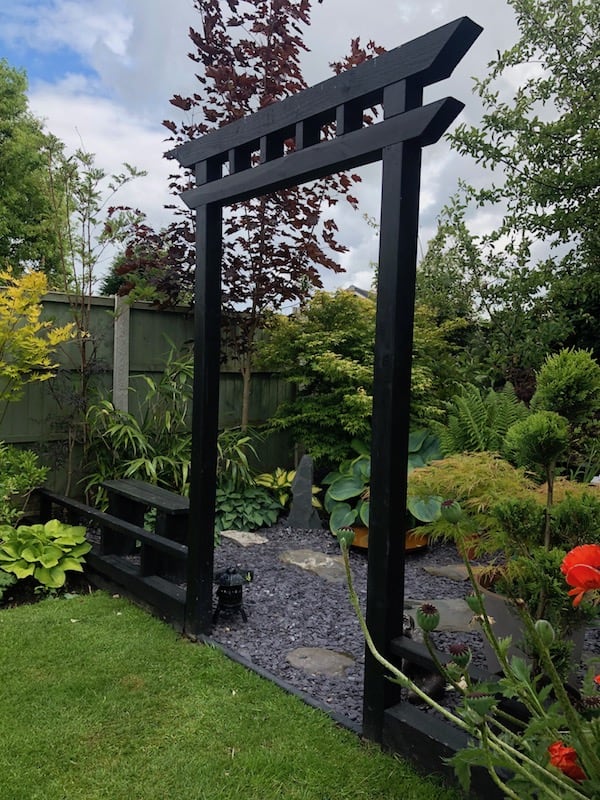
Gravel
Carefully raked gravel with precisely placed rocks make up the main part of a Zen Garden. Once the foundations are laid, it is time to choose and lay out the gravel. The gravel can be raked into round, spiral or rippled patterns that represent bodies of water. Many find the sound of raking gravel to be very soothing and the act of maintaining and creating patterns can lend to a meditative state.
Glacial Gravel can add vibrancy and interest to an area, boasting a spectrum of colours and stones. If meticulously raking the garden is not for you, a low maintenance option could be Welsh Slate Chippings which offer great coverage and a contemporary finish. The grey tones also lend well to the Zen principles – natural and simplistic.
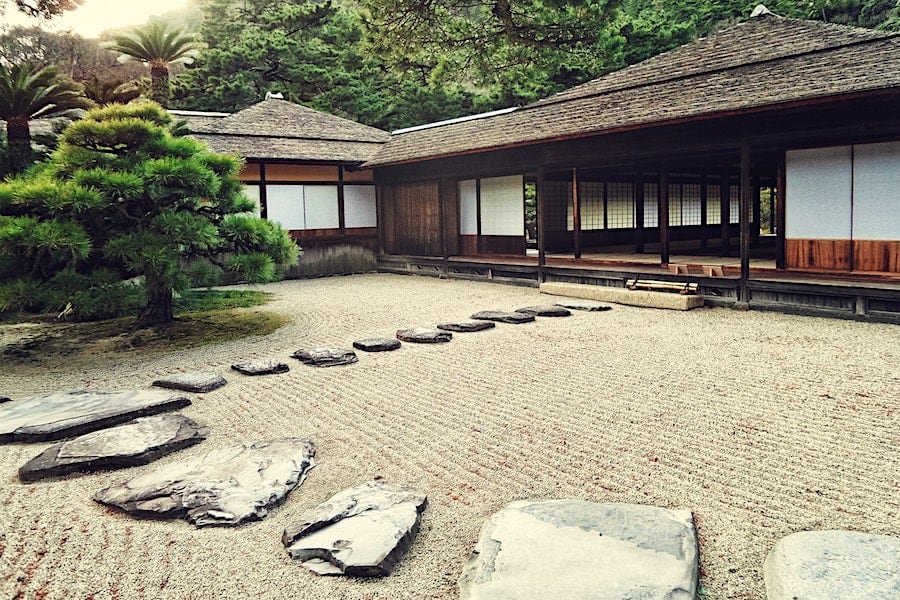
Rocks, stones & boulders
Zen Gardens are also known as Japanese rock gardens, this is because the rocks are seen as the most important part of the garden. Often symbolising nature such as mountains, coast and animals. Rocks and monoliths should be carefully selected and precisely placed. The placement is of utmost importance and they are rarely seen placed in straight lines.
The most common way to display them is by grouping them into threes known as triads. With one central vertical stone representing Buddha and the two smaller boulders either side – his attendants. In later times, boulders were used as ‘nameless’ rocks placed in a seemingly random fashion to promote spontaneity.
Natural Stone Monoliths and Boulders add a real focal point to this simplistic design with large monoliths working well as stand alone pieces or smaller ones used to create a harmonious display. Try surrounding them with smaller boulders such as a Welsh Slate Reservoir Surround or subtly introduce the element of water with a Boulder Water Feature.
Benches, Bridges & Stepping Stones
Benches offer a place to sit and enjoy the peace and tranquility of your Zen Garden. Intricate wooden benches could be used to add warmth or a statement. Alternatively, simple stone benches in Welsh Slate grey or Portland Stone cream hues can offer a more subtle touch, blending into the rest of the garden for a contemporary look.
Bridges or ‘Hashi’ are used to symbolise the journey we take between the planes of existence and our unity with nature. They offer a position in which to stand and ponder, to appreciate the garden and be thankful. Bridges are often placed over a body of water but they can also be placed over the gravel if this is not an option. Providing a focal point and deisgnated spot for contemplation.
Lastly, stepping stones, or ‘tobi-ishi’ which literally translates to ‘flying stones’ in japanese and are a common feature in Zen Garden Designs. They are a way of engaging a more mindful experience. After all, it takes much more care and attention to walk or jumps the stones than it does to walk a flat paved area. Slate Stepping Stones offer a natural and simplistic look and feel, with each face boasting a unique detailing. Alternatives to natural stone could be treated log stepping stones or railway sleepers to create a pathway through the garden.
Water
Traditionally, Zen Gardens are dry landscapes with the water element symbolised in wave like shapes made in the gravel. However water features can and have been added to create a focal point to aid meditation & relaxation. In Japan, water symbolises renewal, calm & wonder. The sound and visual effects of flowing water can be highly meditative. By engaging the senses water can help bring us to focus and ‘be’ in the present moment.
Slate Stack Pyramids can offer a bold focal point that draw in the eyes to the free flowing water as it cascades down the slate. Or for a more low key option, Core Drilled Boulders offer a touch of water to the garden without overpowering other elements in the design.
Limited / No Outdoor Space?
If you are limited on space or do not have access to outdoor space, there are still ways to create your own little piece of Zen. Whether its your balcony, terrace or your window sill, by using a container you can create a mini, portable Zen Garden. With many working from home, a desk top Zen Garden can help to relieve stress and regain focus & mental clarity.
1. Find and fill a shallow container with gravel, if you would like to add in live plants, opt for air plants which can survive without the need for soil. For a larger, deeper container add soil and small succulents, then place a layer of gravel on top.
2. Select shells, stones or monoliths that draw you in and place on top of the gravel.
2.Use a mini wooden rake to create tranquil patterns.
3.Try adding tea lights which offer a warm glow and a focal point to aid meditation.
Buy Standing Stones
We stock a hand selected range of Japanese Garden Stone perfect for garden design and landscaping projects.
Buy online for Free UK Delivery*

